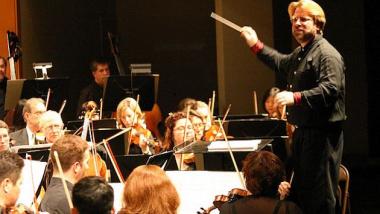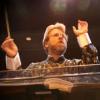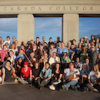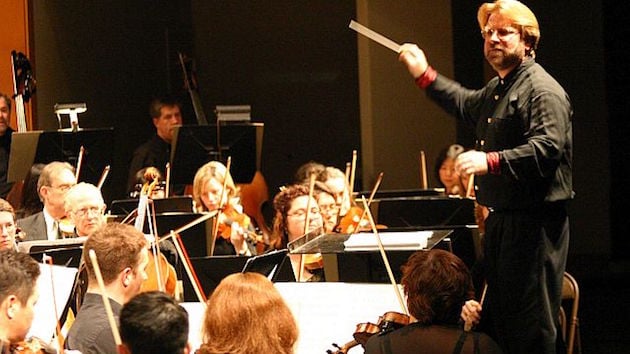
Redwood Symphony’s concert at Cañada College in Redwood City on Saturday, under music director Eric K, was intended as a tribute to Igor Stravinsky. It wound up doing as much honor to Johannes Brahms.
The true curiosity of the evening was the Funeral Song that Stravinsky wrote for the memorial concert after his teacher, Nikolai Rimsky-Korsakov, died in 1908. It was heard just once at the time, and the orchestral parts were buried in a conservatory archive for over a century until rediscovered four years ago. Since then, the brief piece has been making its way around the world.
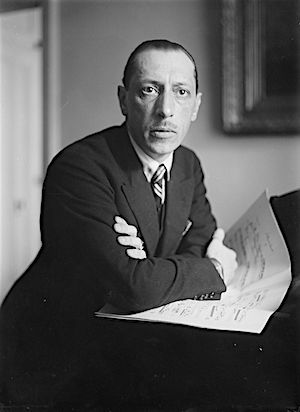
Stravinsky is known for having emerged as a major composer instantly on the premiere of The Firebird in Paris in 1910. His surviving earlier student pieces from back in Russia have long since been mined for any clues they give to his sudden talent, but it’s like looking for an oak tree in an acorn: the genetic ingredients of his genius are all there, but they don’t add up to much. The rediscovery of the Funeral Song adds significantly to the materials for this study project, so the piece has been getting much attention.
Stravinsky’s best student compositions are bright shining miniatures with titles like Fireworks. A Funeral Song sounds very different. The dark rumbling opening is more than passingly premonitory of the start of The Firebird, and the piece in general — dominated by a rising motive often played by wind soloists who stood out strongly in this performance — combines a touch of the colorful style of Rimsky-Korsakov with much more of the murky harmony of Wagner than one would expect from Stravinsky. The combination reaches a climax with an arresting series of shimmering chords near the end. This piece isn’t a masterwork, but it was worth the unearthing.
Jumping forward nearly 40 years in Stravinsky’s life, the concert continued with an undoubted masterwork, his Symphony in Three Movements from 1945. This cross between his neoclassical and primitivist styles benefitted tremendously from the Redwood Symphony’s raw sound. Dr. K ensured that the orchestra exhibited power in strong rhythmic control of repeating figures. The first movement’s jazzy motive of fluttering strings and piano (played by Daniel Glover), and similarly insouciant string figures in the second movement, jumped and chittered ideally. Wind solos in the finale stood out as powerfully as in the Funeral Song. A section in the second movement where Stravinsky tries to sound lyrical was less well advised for either composer or performers.
To pay further homage to Rimsky-Korsakov, the concert offered the introduction to Act 1 of The Tale of Tsar Saltan, “The Tsar’s Departure and Farewell,” one of the more popular orchestral excerpts from his operas. This was played in the same raw manner as the symphony, showing only how different mature Rimsky-Korsakov is from mature Stravinsky.
The concert’s remaining piece was a treat not as rare as undiscovered Stravinsky, but rare enough. Brahms’s Double Concerto, Op. 102, is a challenge to put on because it requires high quality and gracious style from both its solo instruments, cello and violin (Brahms decisively favors them in that order). It got those things on Saturday, along with strong support and a richly Brahmsian sound from the orchestra. The two young soloists were at ease in mastery of their craft, playing smoothly with unforced eloquence.
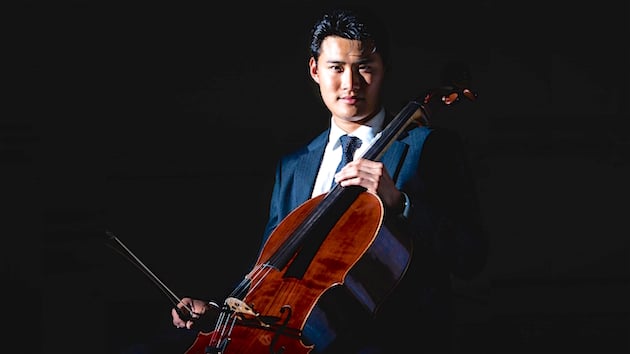
Cellist Jonah Kim showed a light, consistent tone, with bite to his bow attacks and on the edges of his playing. Violinist Miranda Liu played with more harmonic boldness, particularly in the double-stops which Brahms generously supplied to both soloists. The two came together in perfect consistency, despite their different tones and styles. The gentle theme of the slow movement, which also requires the soloists to blend with the orchestra, was a particular gem.
Kim and Liu both demonstrated plenty of edginess in their encore, a lively and cutting Zingaresca movement from a Duo for Violin and Cello by the composer currently most rapidly turning indispensable to the chamber repertoire, Erwin Schulhoff.

